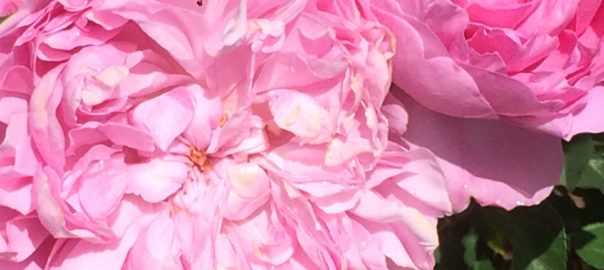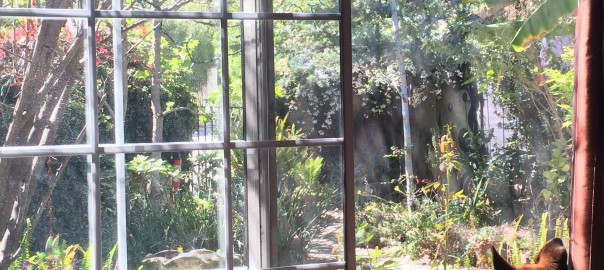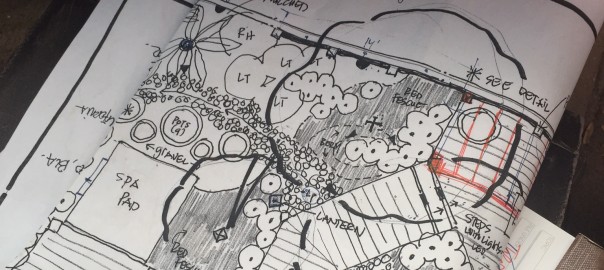
Photo by Michael A Rodriguez
The Rose industry has two primary goals
= Greenhouse Roses are cultivated for the Florist industry. They have long stems, long buds, a longer vase life, and can be productive in the Winter.
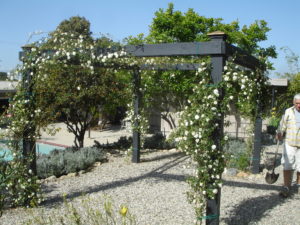
(Climber Rosa Banksiae)
= Garden Roses are cultivated for a bush habitat to display roses, shapely flowers from bud to open, fragrance and good finish, fast to repeat bloom, and they tend to be disease resistant.
Have you ever wondered why florist roses have no smell (other than refrigerant)? In order to produce roses that can survive being shipped across the globe and to have a longer vase life, the fragrance has been bred out of these roses.
~ -Roses were first cultivated in China over 2,000 years ago. Many of the oldest roses were lost, but found in a cemetery in Bermuda. This saved these ancient roses.
~ – Roses were exported to the world via the tea traders, hence the name Tea Rose. That name has nothing to do with afternoon tea.
~ – The best time to smell a rose is early in the morning or early evening. More fragrance is noticed when flowers freshly open. It is also a good idea to have a clean nose.
~ – Did you know men and women smell roses differently? It is a genetic difference between the sexes. Other factors are the time of day, the location of the rose, and your current state of mind.
~ – Roses would all look white without Ultraviolet Rays.
~ – Roses need lots of sun, and well drained soil. If your soil is compacted use Gypsum to organically aerate your soil. Just sprinkle it over your mulch and water it in.
~ – Did you know, Strawberry , Raspberry , Blackberry plants are Roses? (Not Blueberry plants though). Pyracantha is also a rose.
~ – Rose hips contain a high amount of Vitamin C. Make tea with yours!
~ – It takes 10 years to produce a Rose variety. Roses are patented (10 years only).
~- There are several types of roses, these terms are used in the United States and are not an official classification.
+Climbers — these produce long canes that can be tied to an architectural structure.
+Floribundas — produce a cluster of blooms. Introduced in 1941
+ Grandifloras — produce large clusters of flowers on an elongated stem. (There is not much difference between a Florabunda and a Grandiflora)
+ Ground Covers — produce horizontal branches that hug the ground. Introduced 1971
+ Hybrid Teas — produce one large flower on an elongated stem. These are often tall roses.
+ Miniatures — produce small flowers and small leaves, but not always a small sized plant. Some can have clusters. Introduced n 1935
+ Polyanthus — produce small clusters on a rounded compact plant. Introduced in 1875
+ Shrubs — These tend to be used in gardens in mass for design. They tend to be disease resistant.
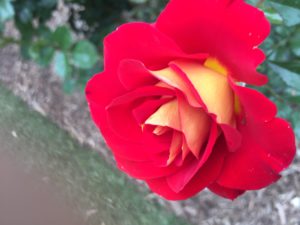
I would like to thank Tom Carruth, Master Rosarian at The Huntington Library and Gardens for educating me and preparing me for leading tours at the Huntington.
A marvelous source of information are the Docents at The Huntington Botanic Garden. Another amazing resource is the American Rose Society https://www.rose.org/
If you have any questions, let me know!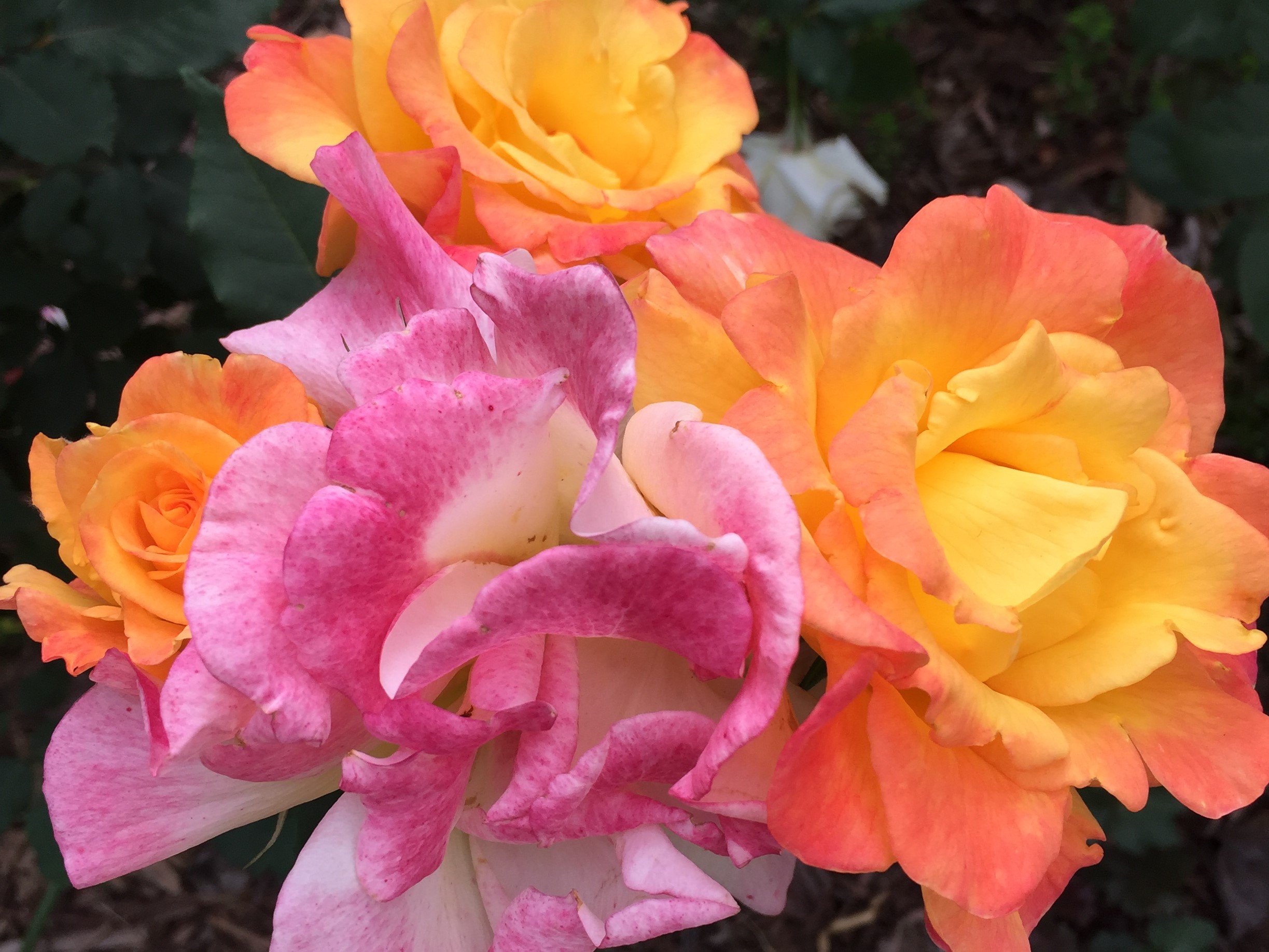
Stephen Swafford, Landscape Architect
Indah Bulan, Los Angeles
